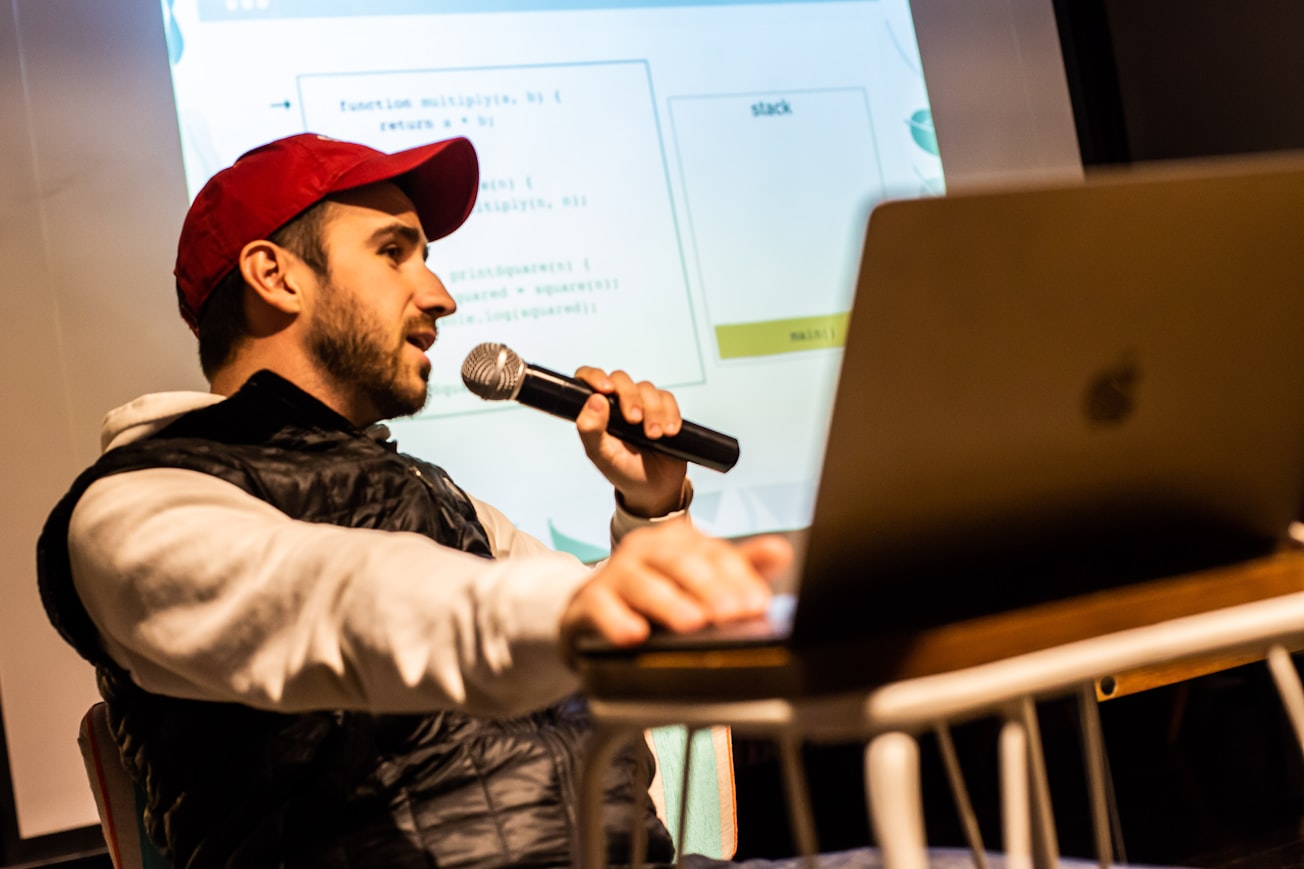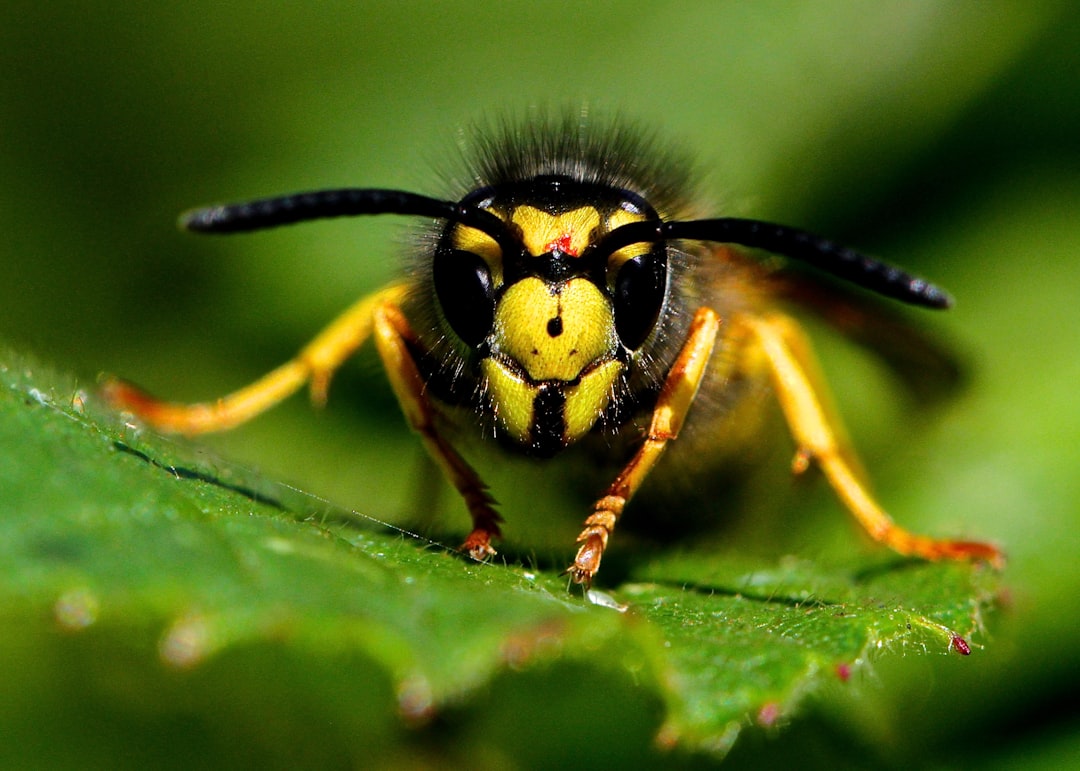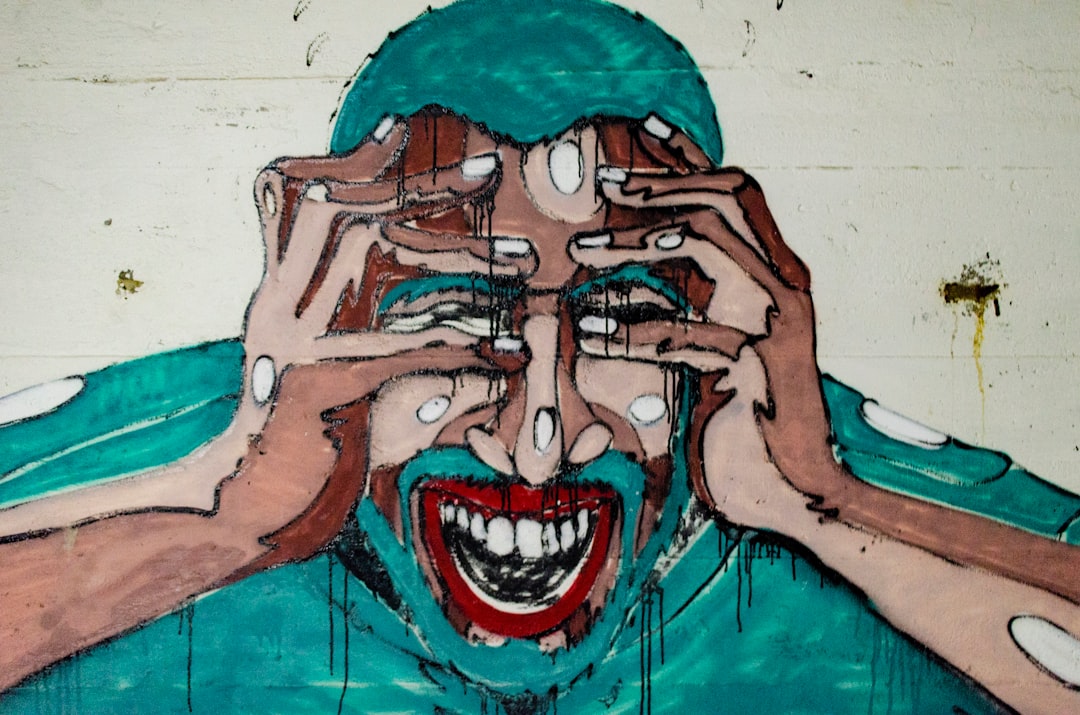What is it about?
The lower jaw (i.e. the mandible) is rapidly moved during speech but there is little information as to the muscle activations effecting those movements. This study shows that the activities of 2 deeply located jaw muscles in the face (the pterygoid muscles) are tightly linked to the nuances of different speech sounds and suggest a key role for the pterygoid muscles in the fine control of speech production.
Featured Image

Photo by fran innocenti on Unsplash
Why is it important?
The present findings provide insights into the possible interactions between speech and orofacial activities (e.g. chewing) and dysfunctional conditions (e.g. Temporomandibular Disorders) that involve the pterygoid muscles. The findings suggest that the pterygoid muscles are heavily involved during speech and particularly in individuals who perform speech regularly throughout the day, for example, broadcasters, telephonists, singers, teachers, journalists, and politicians. Heavy demands placed on these muscles during speech may have implications for patients with orofacial disorders, many of whom have painful jaw muscles, including the pterygoid muscles. These results also suggest that dental procedures that affect speech (e.g. prosthodontic, orthodontic, restorative, and surgical procedures) may also alter the activity of the pterygoid muscles during speech. The present study also provides baseline data for developing algorithms for driving actuators in the development of automatons simulating speech.
Perspectives
This research article attempts to bridge the gap between the dental and speech literatures which have remained largely unconnected which is remarkable given clear speech is an important outcome in dentistry.
Greg Murray
University of Sydney
The outcomes of this research show quite clearly what role the activity of two specific jaw muscles, the lateral and medial pterygoid muscles, have in the production of speech. A specially significant aspect of the results is that the higher activity levels of each of these muscles appear to correspond, respectively, in a consistent manner to distinct stages of jaw opening and closing.
Dr John Gal
Western Sydney University
Read the Original
This page is a summary of: Pterygoid muscle activity in speech: A preliminary investigation, Journal of Oral Rehabilitation, October 2022, Wiley,
DOI: 10.1111/joor.13377.
You can read the full text:
Contributors
The following have contributed to this page










